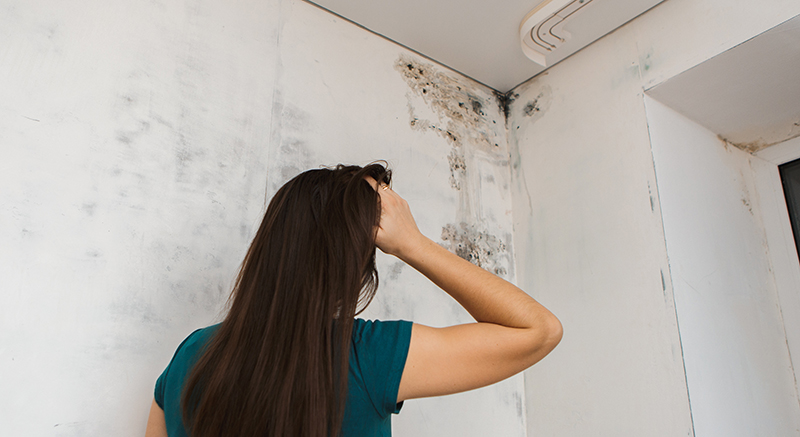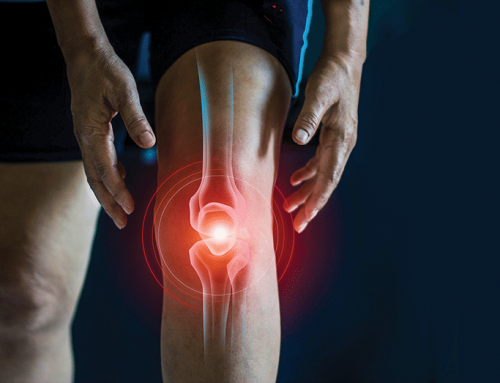By Dr. Krystal Tellier, Health for Life Naturopathic Medicine
Mold is a type of fungus that grows in moist environments. Mold spores can survive in very hot and dry conditions, waiting patiently for any future moisture to ensue. Even though we live in the dry desert of Arizona, toxic mold can still be problematic in our living and workspace.
When mold inhabits outdoor spaces, most individuals will not feel the adverse health effects. However, when there are high concentrations of mold indoors this can cause significant concerns for health. The effects that mold has on an individual’s health extends beyond simple allergies. Mold has been linked to fatigue, brain fog, muscle discomfort, joint pain, anxiety, depression, headaches, migraines, sinus, lung congestion, digestive disorders, skin rashes, autoimmune disease, immune suppression, hormone disorders, neurological disorders, and even cancer to name a few out of the list of nearly 100 odd symptoms that may have a connection to toxic mold exposure.
To identify mold as a source of a health concern, an indoor environmental professional (or IEP for short) should be hired. An IEP will identify potential sources of excessive moisture in the home or office and use specialized testing like air sample tests or HERTSMI/ERMI tests. These tests identify which mold spores are present in your living space and help you and your doctor decide if they are a common hazardous mold. Some of the more hazardous molds that may grow indoors are: aspergillus, penicillium, fusarium, stachybotrys, and chaetomium globosum.
Mold is a living organism that secretes toxic byproducts called mycotoxins. These mycotoxins are responsible for making humans feel ill; mycotoxins remain in the environment even once the mold itself dies. The mycotoxins enter humans by inhalation, ingestion or by touch through our skin. Our bodies will attempt to eliminate these toxins quickly, but whatever the body is unable to remove may accumulate and can cause inflammation, immune disruption and irritation to the organs the toxins are stored in.
Identifying if a person is suffering from mold exposure largely comes from a quality history by a physician trained in identifying mold sickness. A complete review of all body systems should be taken, with additional questions to help identify source of exposure. There is specialized laboratory testing that will often need to be performed on the patient to analyze immune function, hormone levels, inflammation markers, and mycotoxin excretion.
Patients that suffer from toxic mold sickness often have seen numerous physicians and specialists with no clear diagnosis or resolution of their symptoms. They begin to seek answers either on the internet or with practitioners that have been trained in a different model of care, such as naturopathic doctors. Our buildings have history, and it is not always clear to us what the past entailed regarding water damage and subsequent mold growth. To learn more about mold and resources available to those adversely affected by mold, visit iseai.org/patient-resources.
Dr. Krystal Tellier is a physician trained to treat those affected by environmentally acquired illnesses, such as mold and Lyme disease. Dr. Tellier practices at Health for Life Naturopathic Medicine in North Phoenix at 40th Street and Bell Road. Learn more at HealthForLifeND.com.





